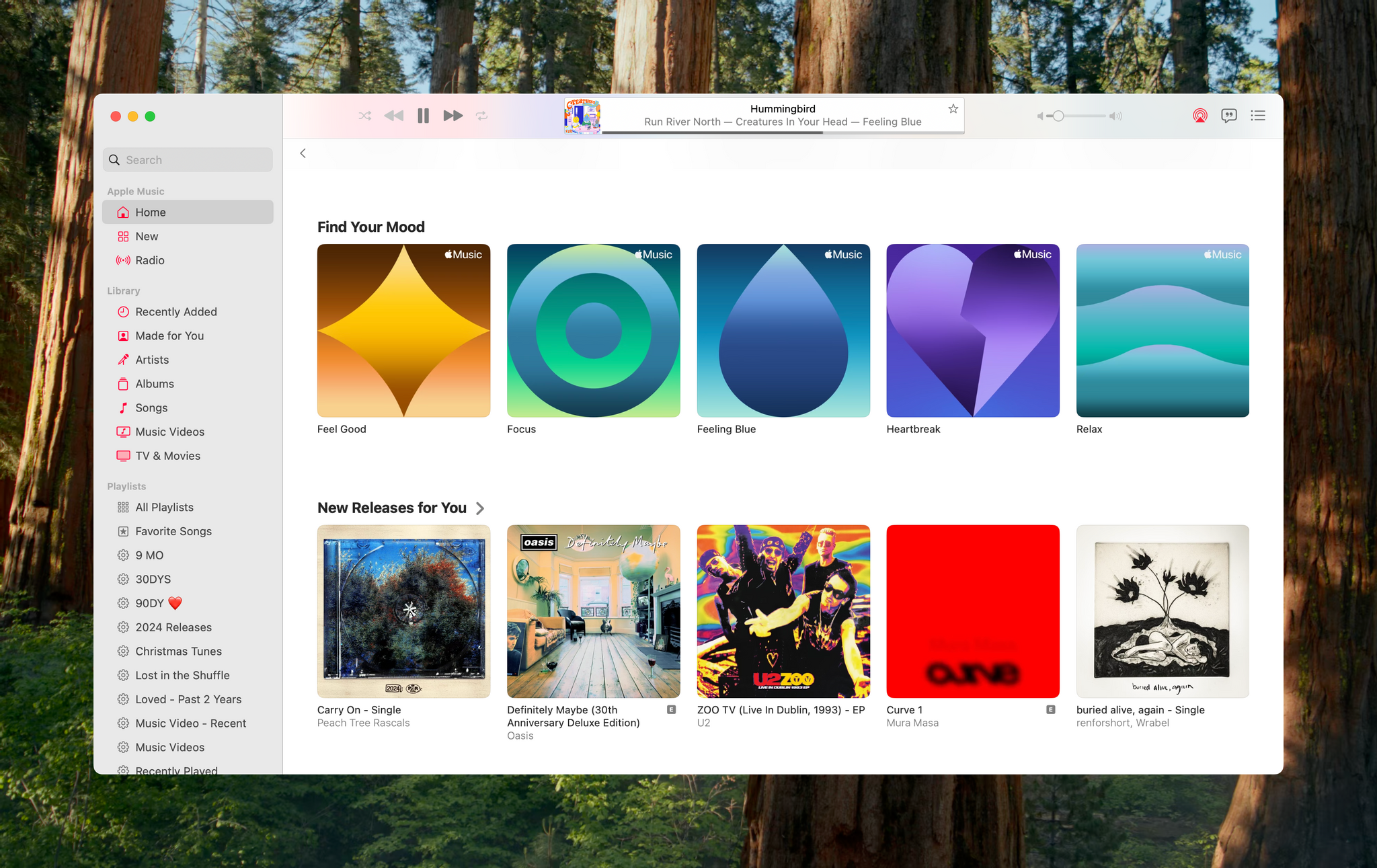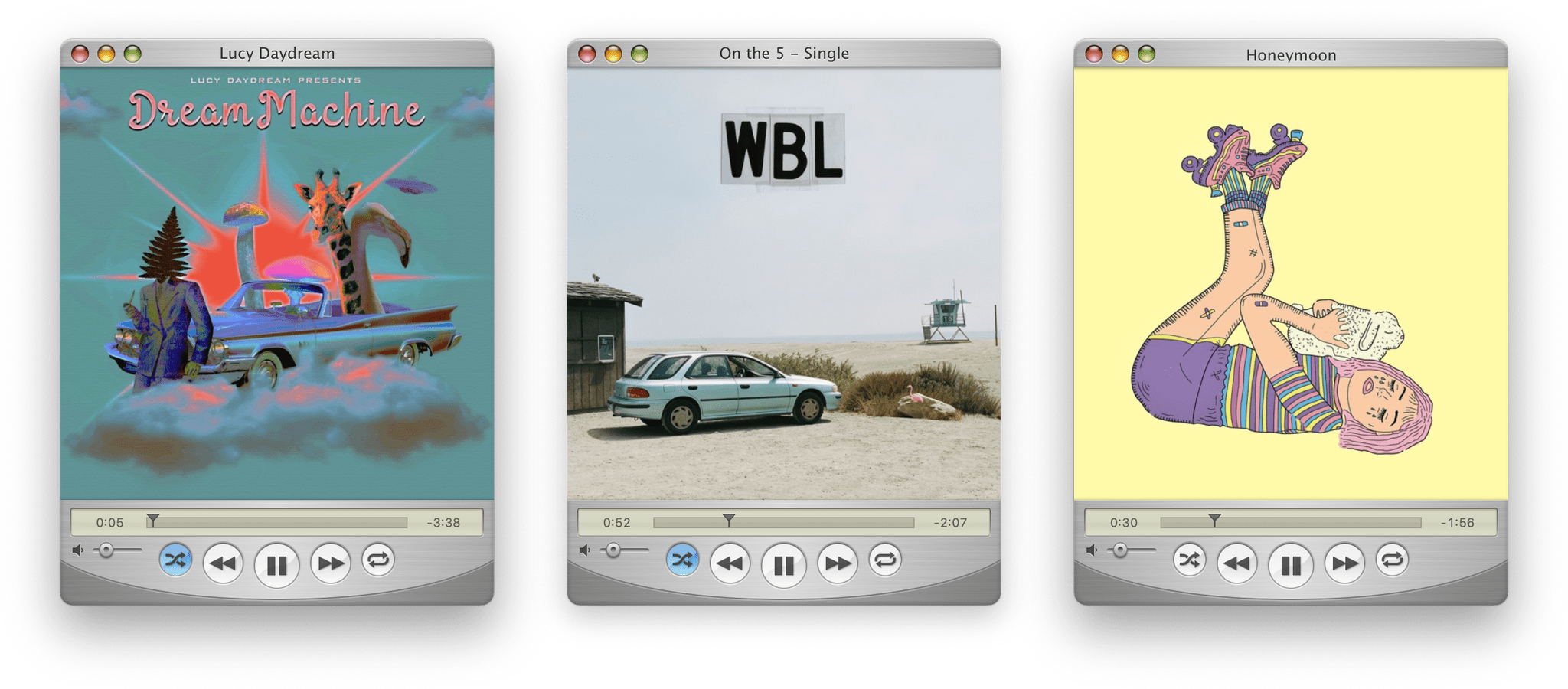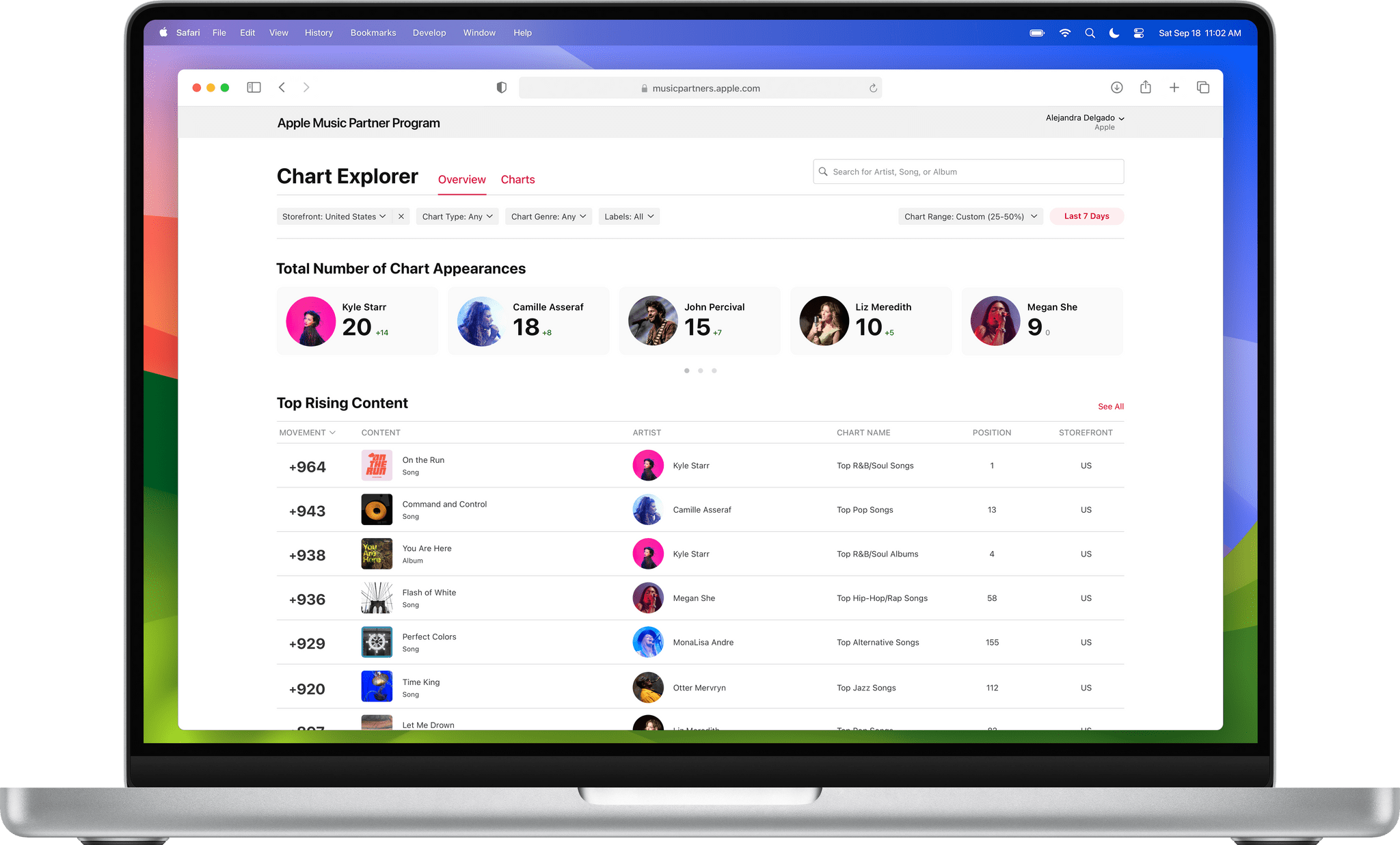Apple Music kicked off a 10-day event today celebrating its newly-compiled list of the 100 Best Albums of all time. Apple’s press release explains that the list was created by:
Apple Music’s team of experts alongside a select group of artists, including Maren Morris, Pharrell Williams, J Balvin, Charli XCX, Mark Hoppus, Honey Dijon, and Nia Archives, as well as songwriters, producers, and industry professionals.
Apple also clarifies that its 100 Best Albums list is an editorially-created list that isn’t based on streaming statistics.
Each day, Apple Music is revealing 10 new albums, starting with albums 91-100, which are:
Rachel Newman, Apple Music’s senior director of content and editorial, had this to say about the list:
100 Best brings together all the things that make Apple Music the ultimate service for music lovers — human curation at its peak, an appreciation for the art of storytelling, and unparalleled knowledge of music and an even deeper love for it. We have been working on this for a very long time, and it’s something we are all incredibly proud of and excited to share with the world.
The 100 Best Albums list can be accessed at 100best.music.apple.com. From there, you can listen on the web, add an album to your library, share it, or stream it with the Music app. Each album has its own page including written material that puts the album into context and lists each track, too.
Apple is also celebrating the 100 Best Albums list on Apple Radio and giving the creators of each album an award:
All 100 Best Albums recipients will be given an award comprised of blasted anodized aluminum, sourced entirely from recycled Apple products, in a unique polished PVD gold. The design on the back of the award takes its cues from a vinyl LP record and is inscribed with the artist’s name, the album title, and the album’s year of release.
I’ve enjoyed browsing through the first ten albums in this collection and appreciate that it’s being rolled out in stages, allowing listeners to explore a manageable number of albums each day. This will be a nice treat to look forward to for the next nine days.




 backpack.](https://cdn.macstories.net/img_6224-1717759614943.jpg)















